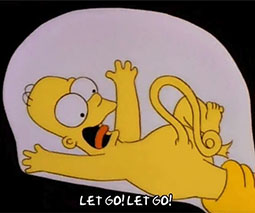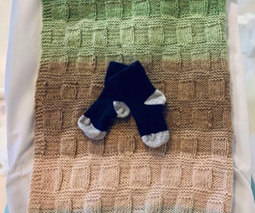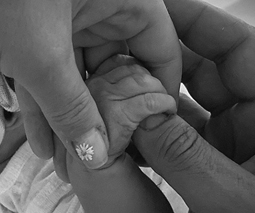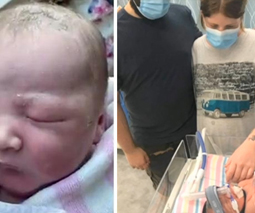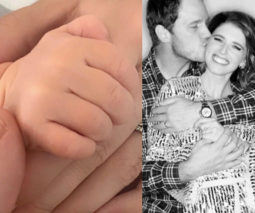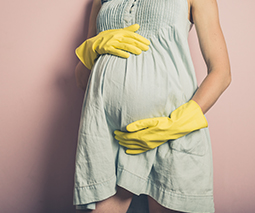8 wonderful (or weird) things you can do with your placenta after birth
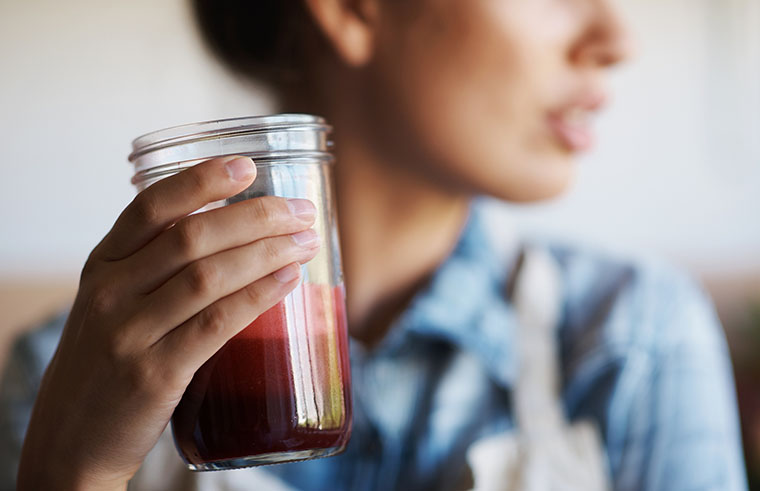
There is no doubt the placenta plays an amazing role in nourishing and sustaining your baby throughout pregnancy. But once bub is born, not everyone believes this incredible organ’s work is done.
Many cultures around the world have different ideas about what should happen with the placenta after birth. Add to those, some modern sentimental trends taking hold and the placenta possibilities appear limited only by your imagination.
Here’s eight things you can consider doing with your placenta once your baby is done with it.
1. Placenta meals (or capsules)
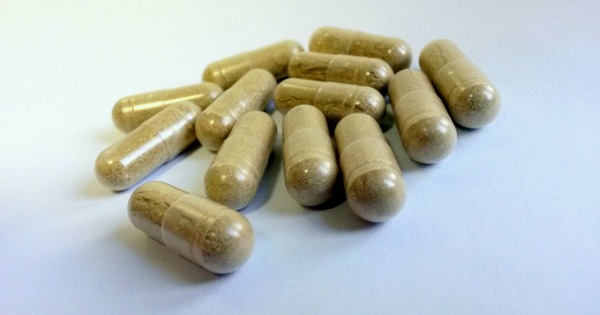
Many other mammals routinely eat their placentas after birth so why shouldn’t us humans, right? While there is little scientific evidence of the exact health benefits of placentophagy, many mums around the world choose to do it, believing it will help fight postpartum depression and boost their breast milk supply. If you are keen to give it a go but not quite sold on making a placenta pizza, you can always have your placenta encapsulated into easy-to-swallow pills.
2. Placenta drinks
Another way to get that ripe life-supporting organ down the hatch, while masking its raw texture and flavour, is by making a placenta smoothie. It seems you can take any of your favourite smoothie recipes, add a few slices of your placenta and blend it up – voila! But in our opinion, you’d have to have a mighty strong stomach to follow through with this one, medical experts actually caution against eating raw placenta because of the risks of bacterial or viral infection.
3. Placenta burial
A long-held Maori tradition held by our New Zealand neighbours includes burying the placenta after birth to symbolise the baby’s connection to the earth and, in particular, a special location significant to their cultural heritage.
This idea has evolved, with families of various backgrounds burying the placenta at a special spot marked by a tree that will grow as baby grows.
4. Placenta jewellery
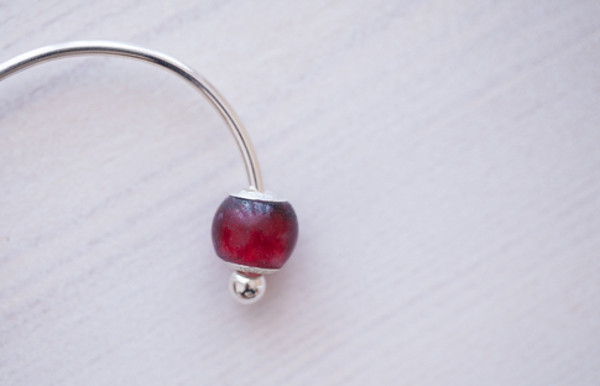
If the idea of never being able to see the very organ that formed such an important part of your baby’s first chapter of life troubles you, why not have it transformed into a unique piece of jewellery?
5. Placenta art
One way to pay tribute to your placenta is through the creation of a special artwork paying homage to it and the umbilical cord for being your baby’s tree of life in-utero. The process involves the artist arranging the organ in a tree-like way on acid-free paper and allowing the placenta blood to leave its mark. The prints created can then be framed and put on display.
6. Placenta moisturiser
Moisturising creams using sheep placentas have been on sale in Australia for decades, boasting anti-ageing benefits for the skin. Now there have been arguments put forward for women using their own placenta in cream or balm form to help reduce c-section scars and stretch marks, and even heal cracked nipples.
7. Store your placenta for later
Need more time to decide? While cord blood and stem cell storage is offered in Australia, some other countries have facilities such as the Cryobank that provide frozen storage specifically for placentas to be kept while families plan what to do with them next.
8. Leave it behind
If none of the above sound like appealing options, that’s okay. You can just leave your placenta at the hospital, depart with your new bub and be thankful that it did its job well.



